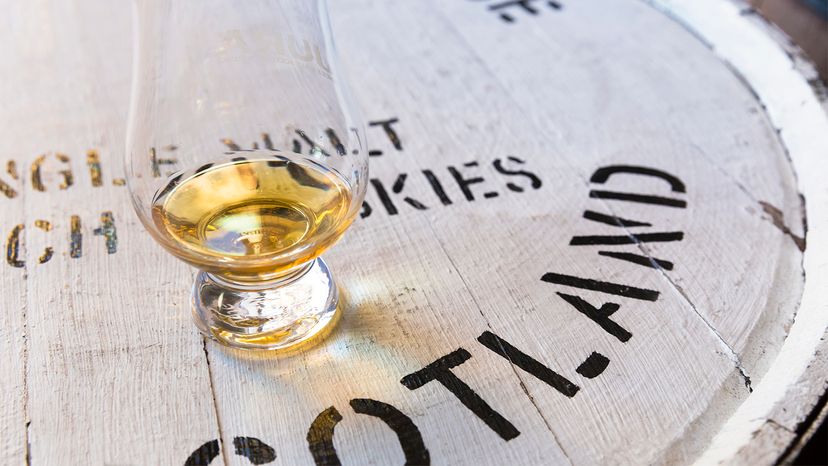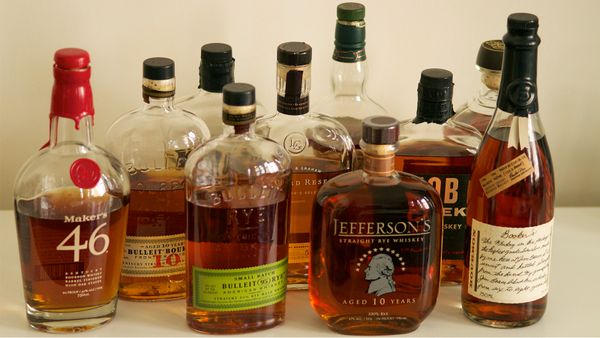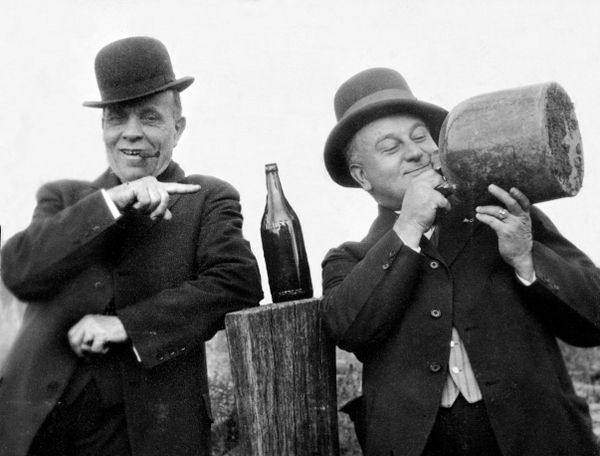For the whiskey drinker with a palette for spirits, tasting the difference between scotch and bourbon is easy. Bourbon tends to be on the sweeter side, while scotch tastes more smokey.
Those less experienced with whiskeys may have a more difficult time at first — especially if they're drinking a particularly smokey bottle of scotch like BenRiach 10-year single malt.
That taste actually comes from the malting process, in which the barley grain is exposed to a pungent peaty smoke during the drying process. Laphroaig actually dries its malt over a peat fire for about 18 hours, allowing the dried barley to absorb the smoke, giving it that distinct taste.
Of course, there are those bottles of scotch considered must-haves within the whisky community; these come from distilleries like Ardbeg, The Balvenie and Laphroaig. What makes these bottles so unique is the "peaty" flavor that comes through with each sip. Scottish peat is formed from the natural decay (decomposition) of plant material unique to Scotland's peatlands, bogs, mires, moors or muskegs.
Like wines from France or California, a connoisseur might be able to pick where a scotch comes from depending on the taste. The Highlands up north produces a more full-bodied scotch with a peaty, smokey taste; a smoother, sweeter scotch is produced in the lowlands; and Speyside scotch comes from the northeast — a region King describes as the "Napa Valley of Scotland." Because of the lush soil and perfect environmental conditions, the highest concentration of Scotland's distilleries are actually based in the Speyside region.
There are, of course, exceptions to the "all scotch comes from Scotland" rule. In 1918, Masataka Taketsuru went to Scotland with one mission in mind — to learn how to make scotch. After enrolling in the University of Glasgow, Taketsuru took chemistry courses and apprenticed at a number of scotch distilleries before mastering the art of scotch-making. In 1940, the first bottle of Nikka Whisky hit the market as the first Japanese scotch.
Along with Nikka, there are scotches — or, at least, iterations of scotches — from Taiwan, India, Sweden, and America. Despite the distilling method, these bottles cannot be classified as scotches, but can be classified as "single malts" as long as they're a malt whiskey from a single distillery.


